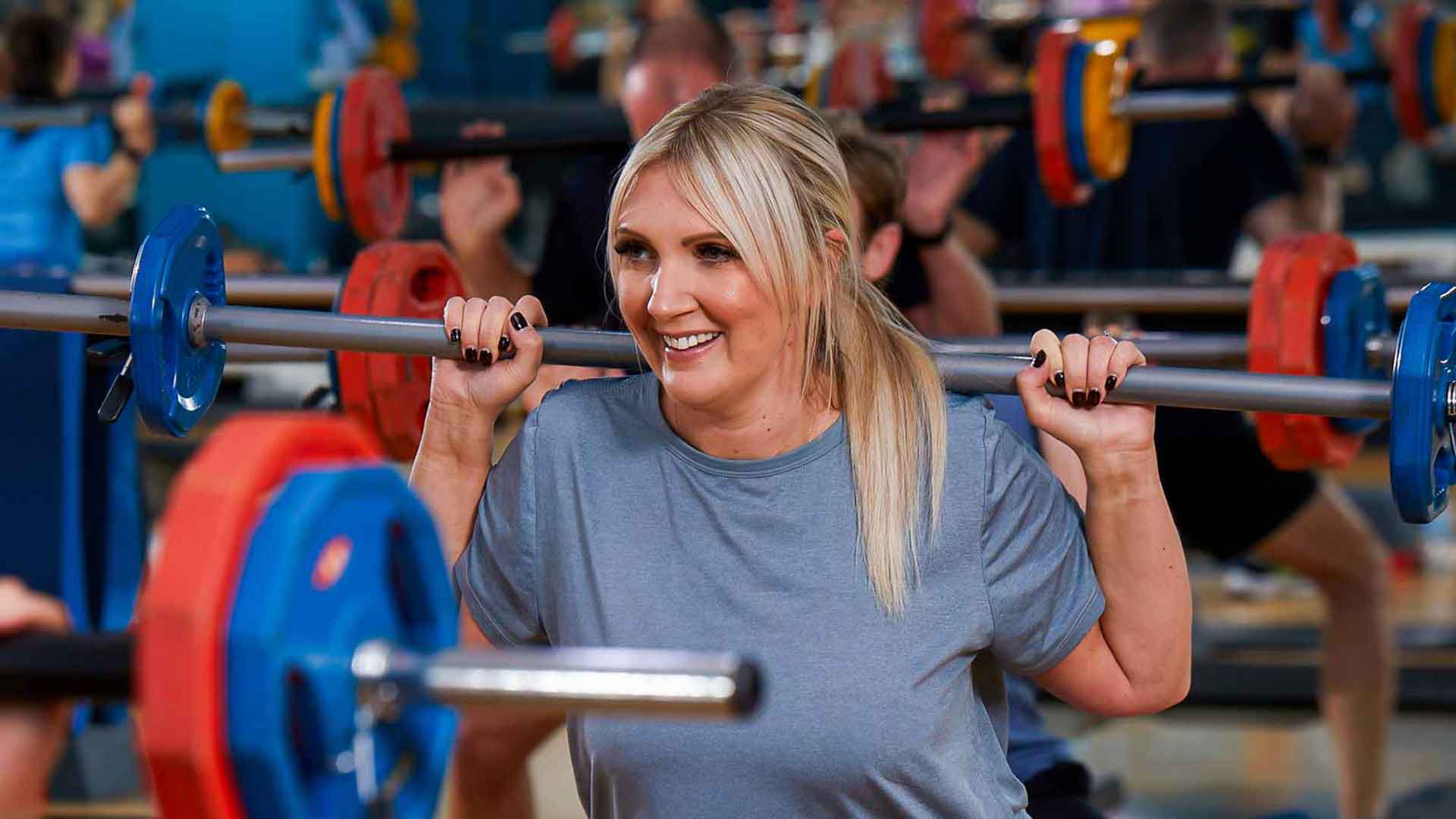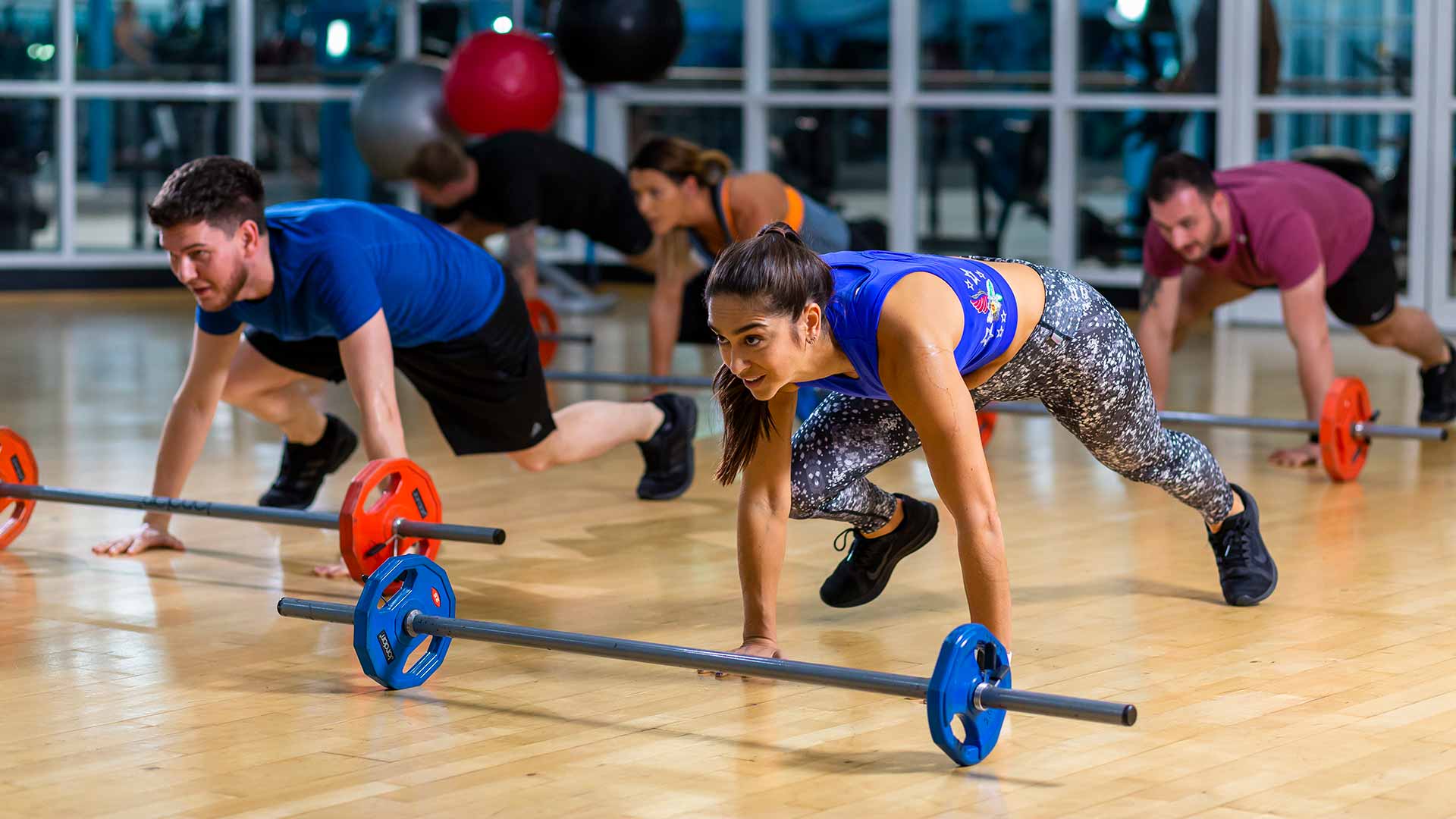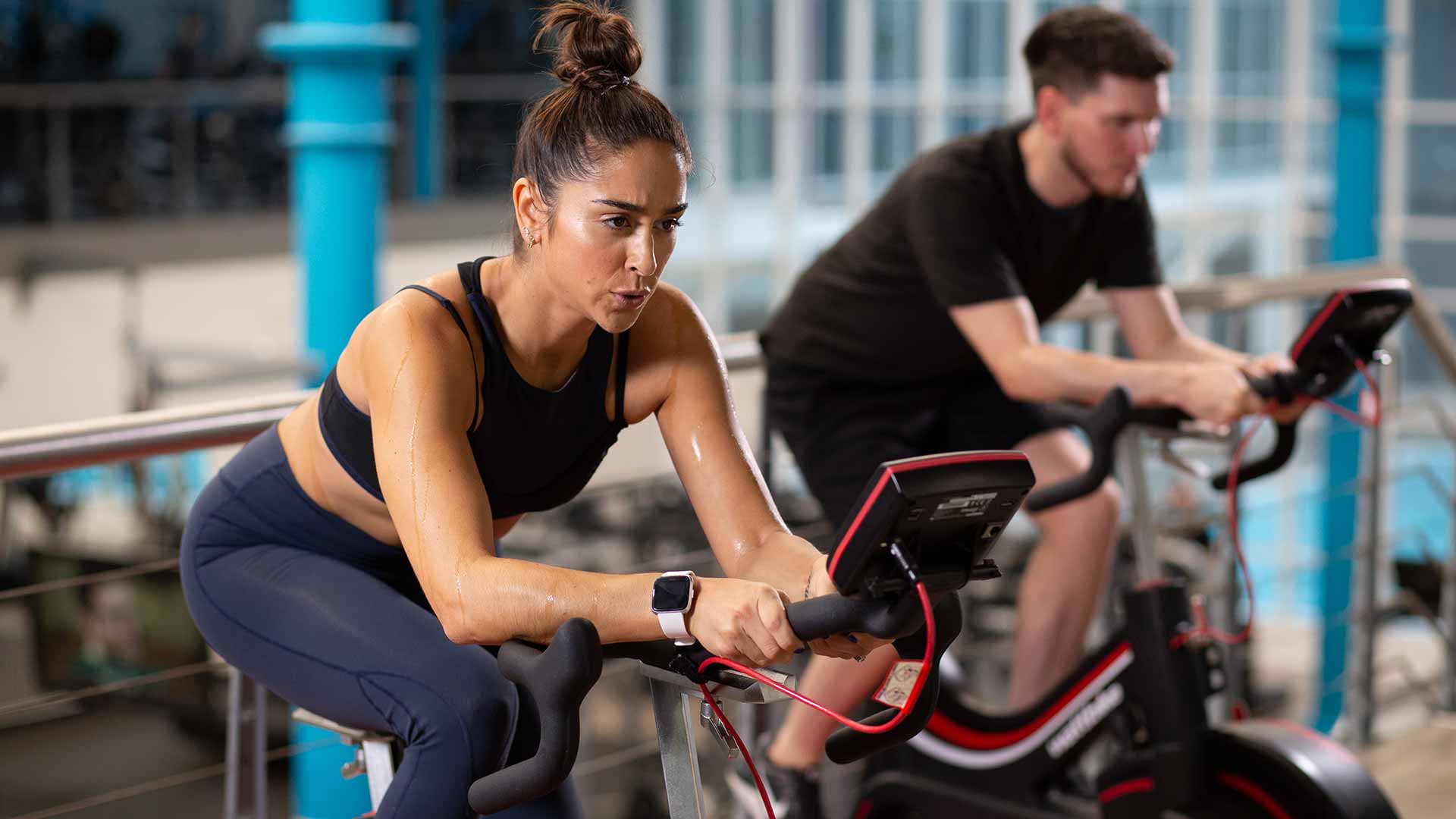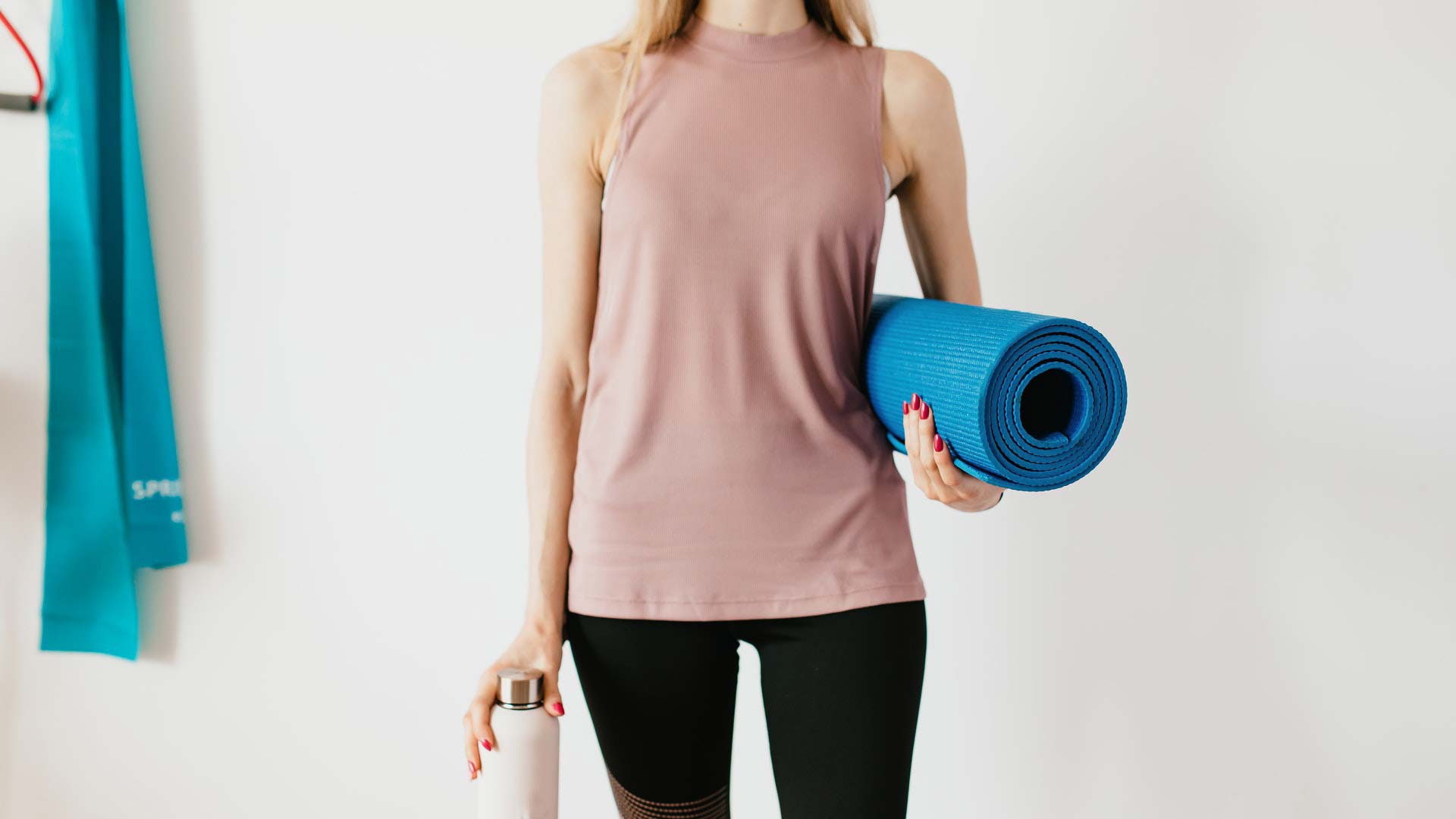- 20/12/2023
- Women's Fitness
The pelvic floor, a group of muscles supporting vital organs, plays a crucial role in women's health. Pelvic Floor Muscles play a critical role in bowel and bladder control as well as supporting your internal organs.
Strengthening these muscles is not only essential for supporting pelvic health but also for improving posture, stability, and strengthening your core.
In this blog, we'll explore exercises and tips to empower your core and strengthen your pelvic floor muscles.
Understanding the Pelvic Floor:
Before diving into exercises, it's crucial to understand the pelvic floor's role. These muscles, found at the base of the pelvis, support the bladder and uterus. Strengthening the pelvic floor can help prevent issues like incontinence, provide better core stability, and contribute to overall wellbeing.
It’s never too early to start building up the muscles in your pelvic floor. You’d be surprised at what in our everyday life can have an impact and put unnecessary strain on these muscles.
Impact Sports and Exercise
High-impact exercises can put a lot of strain on our bodies. Exercises like Running, Burpees, Squat Jumps, and Jumping Jacks to name just a few all add stress onto weight bearing joints like your hips that connect to your pelvis, absorbing the force of the exercise.
Poor Posture
Periods of prolonged sitting aren't good for our hips and spine and can cause some of our muscles including the pelvic floor to overcompensate to help reduce the pressure. This can weaken the muscles and cause damage.
Stress and Anxiety
When we feel stressed or anxious, our bodies tend to tighten and tense up. The muscles in your pelvic floor do this too, so the more time you spend feeling anxious and stressed, more pressure and strain is felt by your pelvic floor muscles
So, what can we do about it? You can strengthen your Pelvic Floor though a range of exercises that work your core and lower abdomen. Here are just a few examples of some to try either at home, or in the gym:
Kegel Exercises:
- Lay on your back and breathe in deep. On the inhale you should see your tummy rise, and flatten on the exhale.
- As you exhale slowly, contract and lift the pelvic floor muscles as if stopping the flow of urine.
- Try to take around 5-10 seconds for the full breath and kegel.
- Relax and release the contract as you inhale.
- Repeat 10-15 times.
Bridge Pose:
- Lie on your back with knees bent, feet hip-width apart.
- Exhale and lift your hips toward the ceiling, engaging your pelvic floor.
- Hold for 10-15 seconds, then lower.
- Repeat for 2 sets of 10.
Squats:
- Stand with feet shoulder-width apart.
- Lower into a squat, engaging your pelvic floor and exhale as you rise.
- Repeat for 3 sets of 12-15 squats.
Pelvic Tilts:
- Lie on your back with knees bent, feet flat on the floor.
- Exhale and tilt your pelvis upward, engaging the pelvic floor.
- Hold for 5 seconds, then release.
- Repeat for 3 sets of 10.
Daily Habits for Pelvic Floor Health:
Maintain Good Posture: Sit and stand with your spine aligned to support pelvic floor health.
Stay Hydrated: Drink plenty of water to promote bladder and bowel regularity.
Avoid Straining: Be mindful during activities that may strain the pelvic floor, such as heavy lifting.
Incorporate Pelvic Floor Exercises into Your Routine: Make pelvic floor exercises a part of your daily routine, just like brushing your teeth.
Empowering your pelvic floor is a key step towards overall wellbeing and can be really important during certain life stages like pregnancy and menopause. By incorporating these exercises and healthy habits into your routine, you can strengthen and support these essential muscles, promoting a healthier and more confident you.





